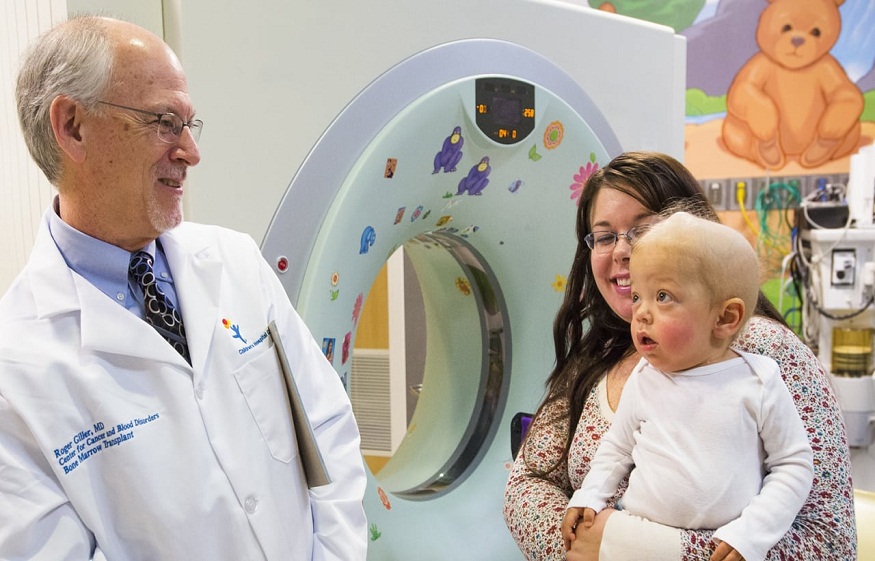Albinism: Symptoms and Causes
Albinism is a hereditary skin disorder whereby the skin is unable to produce melanin, the pigment responsible for eye, skin, as well as hair color. Moreover, the disorder may affect the eyes, causing problems with vision.
While the disease cannot cured, correct guidance from the best Dermatologist in Lahore or your area can help minimize the harmful effects associated with it.
Causesa
Albinism is caused by a mutation in one of the genes responsible for the production of melanin. Different types of albinism can occur, generally depending on which gene mutation caused the disorder. The mutation of these genes can result in the production of no melanin at all or a significantly reduced amount of melanin production.
Types of Albinism
Based on the type of gene affected, albinism can take different forms. The major types of albinism include the following:
- Oculocutaneous albinism (OCA):This is the most common type whereby a person inherits two copies of a mutated gene, one from each parent (autosomal recessive inheritance). It’s the result of a mutation in one of seven genes, labeled from OCA1 to OCA7. OCA causes decreased pigment in the skin, hair and eyes, as well as vision problems. The amount of pigment varies by type, and the resulting color of skin, hair and eyes also varies by and within types.
- Ocular albinism: This typeis mainly limited to the eyes, causing vision problems. The most common form is type 1, inherited by a gene mutation on the X chromosome. X-linked ocular albinism can be passed on by a mother who carries one mutated X gene to her son (X-linked recessive inheritance). Ocular albinism occurs almost exclusively in males and is much less common than OCA.
- Albinism related to rare hereditary syndromes:An example is the Hermansky-Pudlak syndrome which includes a form of OCA as well as bleeding and bruising problems and lung and bowel diseases. Chediak-Higashi syndrome includes a form of OCA as well as immune problems with recurrent infections, neurologic abnormalities and other serious issues.
Symptoms
Symptoms include:
- an absence of color in the hair, skin, or eyes
- lighter than normal coloring of the hair, skin, or eyes
- patches of skin that have an absence of color
- formation of reckless, moles, large freckle-like spots, sunburn and the inability to tan
In addition, certain eye problems may also occur including
- strabismus (crossed eyes)
- photophobia (sensitivity to light)
- nystagmus (involuntary rapid eye movements)
- impaired vision or blindness
- astigmatism (Abnormal curvature of the front surface of the eye or the lens inside the eye) leading to blurred vision
- abnormal development of the retina, resulting in reduced vision
- Poor depth perception
Treatment
Since the condition is a genetic disorder, there is no cure for it. However, tips to reduce health damage include:
- wearing sunglasses to protect the eyes from the sun’s ultraviolet (UV) rays
- wearing protective clothing and sunscreen to protect the skin from UV rays
- using prescription eyeglasses to correct vision problems
- opting for surgery on the muscles of the eyes to correct abnormal eye movements
Although albinism cannot be completely cured, consultation with the best Dermatologist in Islamabad or your city of residence can help counter its harmful effects.



